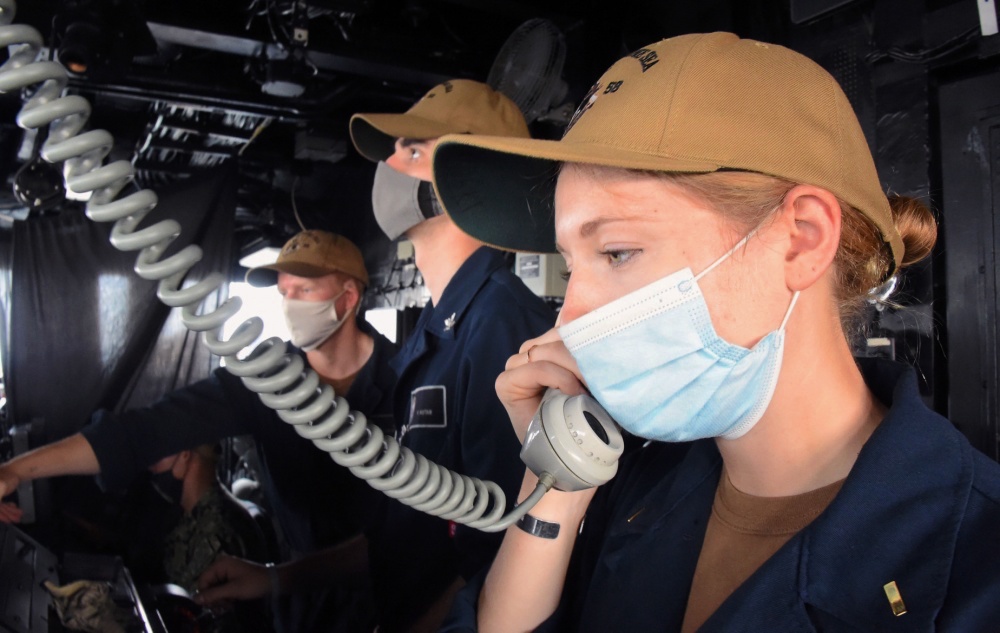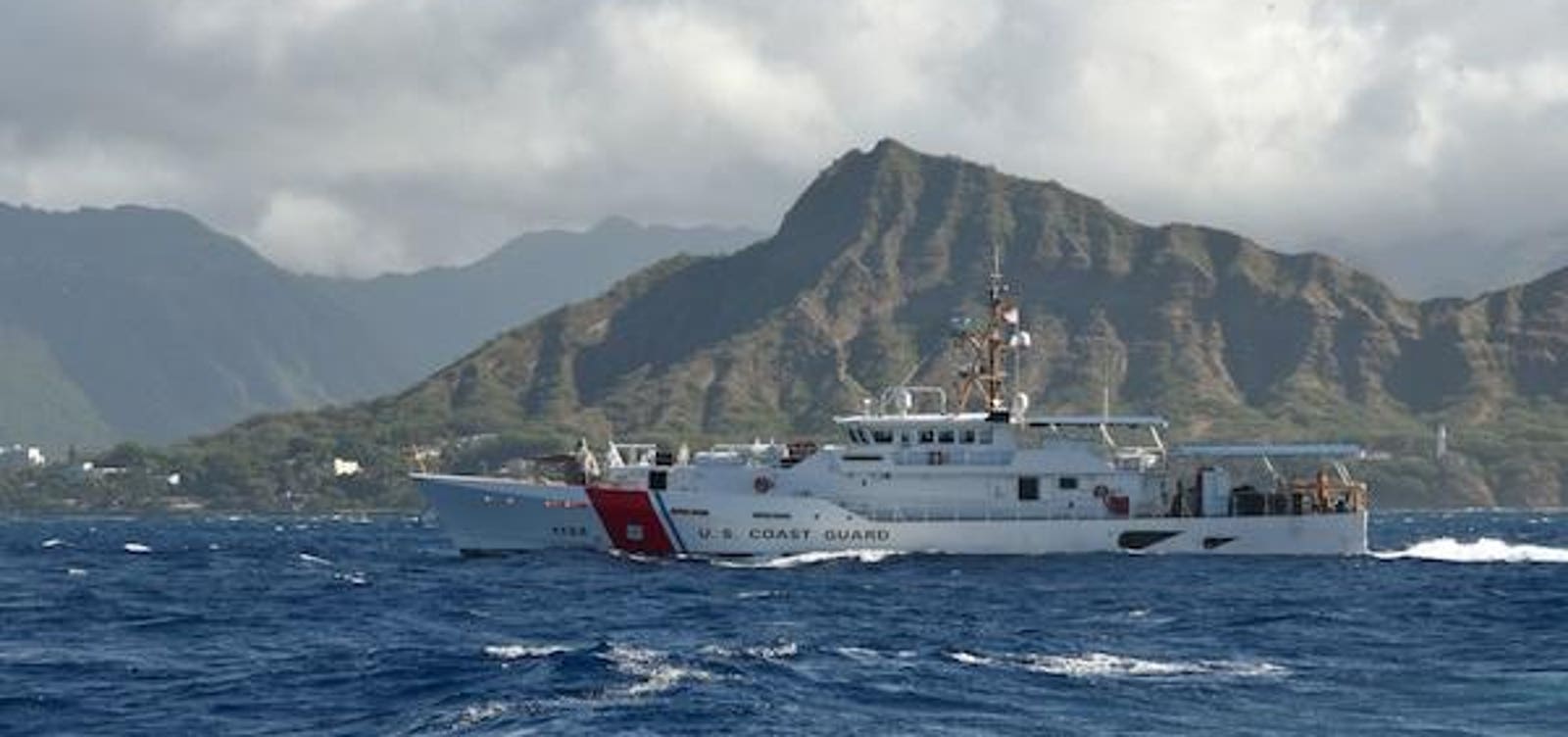I have read in numerous articles that one possible cause for this is the Navy's loss of smaller platforms that provide leadership, early command, and experience for younger SWO's. It has to be difficult to simply serve as a department Head and try qualifying as a DWO or SWO part time being a JO (O-1 thru junior O-3). The Navy by phasing out PB's, Mine Sweepers, and now the Mark VI's have removed the leadership and experience of commanding smaller units, prior to moving up to "major" combatants. JHMO, but the USCG has to right mix, all JO's (deck types) serve a two year tour as Department Head and learn navigation and ship handling, often under stressful conditions. After this first tour, the majority of senior O-2's are assigned as XO's of small cutters, and some as CO's. Great opportunity for leadership, experience, and learing from senior enlisted with a lot of experience. Then as O-3's and above they become eligible for command of larger and more complex units with more responsibility. But they have the basis for succeeding based on their early leadership responsibilities.
IMO, If the Navy truly wants to retain SWO's at the point of end of service obilgation, they need to figure out how to give their junior SWO's the ability to earn command. They need to bring back units that offer younger JO's Command opportunities, or figure out a way to give them the early experience and training to be successful and motivated early on, where they learn how to command and manage a unit. Look back to Vietnam, tons of JO's had command, and they mostly all went on the very successful careers and were happy and satifsfied and motivated. Now it seems IMHO that SWO's are fustrated and unable to learn early on what is needed to be a successful commander.

 news.usni.org
news.usni.org



